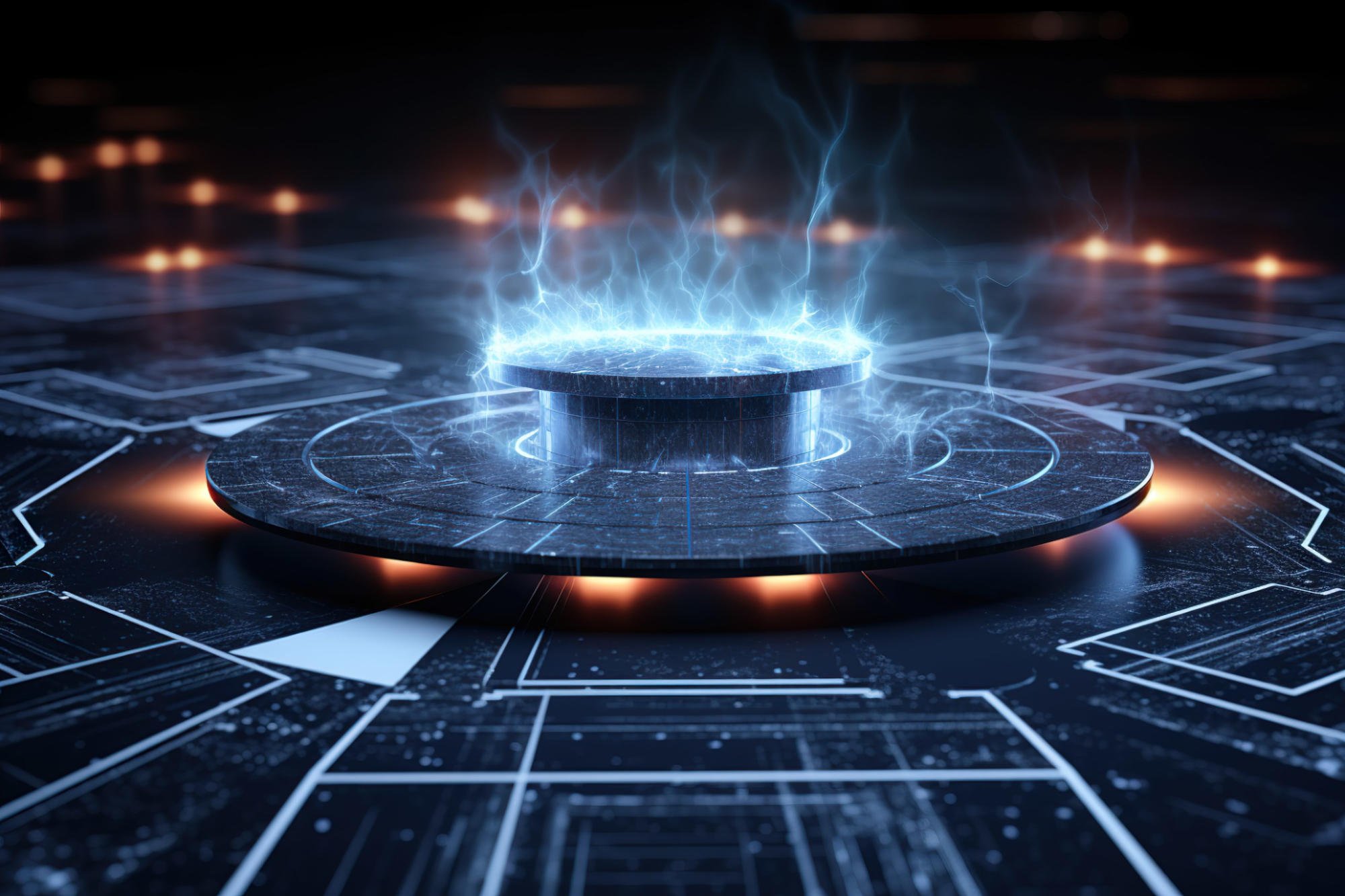Scientists from the University of Groningen and their international partners confirmed the existence of the superconducting state, FFLO, which was theoretically predicted in 2017. Their device, which uses bilayers of molybdenum disulfide to control this state, could significantly advance the field of superconducting electronics.
In a pilot experiment, researchers from the University of Groningen teamed up with colleagues from the Universities of Nijmegen and Twente in the Netherlands and the Harbin Institute of Technology in China. Together, they confirmed the existence of the superconducting state, which was first predicted in 2017.
Their results, which provide evidence of a unique shape of the superconducting FFLO state, were recently published in the journal nature. This breakthrough could have a potential impact, particularly in the field of superconducting electronics.
He is Prof. Dr. Justin Yee, Chair of the Device Physics for Complex Materials group at the University of Groningen in the Netherlands and lead author of the Nature paper on the superconducting state of FFLO. Credit: Sylvia Germes
The lead author of the study is Professor Justin Yee, who heads the Device Physics for Complex Materials group at the University of Groningen. You and your team have worked on the Ising superconductor case. It is a special case that can withstand the magnetic fields that would normally destroy superconductivity, and this was the case The team described it in 2015.
It was created in 2019 A device containing two layers of molybdenum disulfideThe presence of Ising present in two E layers can be associated with superconducting states. Interestingly, the device that Ye and his team created allows this protection to be switched on and off using an electric field, resulting in a superconducting transistor.
Hard to understand
The superconducting double Ising device highlights a long-standing challenge in the field of superconductivity. In 1964, four scientists (Fulde, Ferrell, Larkin, and Ovchinnikov) predicted a special superconducting state that can exist under conditions of low temperature and strong magnetic field, called the FFLO state.
In standard superconductivity, electrons travel in opposite directions as Cooper pairs. Since they are moving at the same speed, the total momentum of these electrons is zero. However, in the case of FFLO, the velocity difference between the electrons of the Cooper pairs is small, indicating net kinetic momentum.
“This case is very elusive, and there are only a few materials out there that claim to be ordinary superconductors,” Ye says, but none are definitive.

This phase diagram shows the presence of an anisotropic 6D orbital state that occupies most of the phase diagram. In the upper right corner, the schematic diagrams show the spatial modulation of the superconducting order parameter. Acknowledgments: P. Wan / University of Groningen
A strong magnetic field is required to create the FFLO state in a conventional superconductor. But the role of the magnetic field needs to be refined. Simply put, for the magnetic field to play two roles, we need to use the Zeeman effect. This sorts the electrons into Cooper pairs based on their spin direction (magnetic moment), but not on the orbital effect—the other role that usually destroys superconductivity.
“It’s a delicate negotiation between superconductivity and an external magnetic field,” Yi explains.
fingerprint

First author Buhua Wan produced samples that met all the requirements to demonstrate that Cooper pairs do indeed have finite momentum. Acknowledgments: P. Wan / University of Groningen
Superconductivity, demonstrated by Ye et al. and published in the journal Sciences In 2015, he suppressed the Zeeman effect. “By removing the key component that makes traditional FFLO possible, we’ve made plenty of room for the magnetic field to play its other role, the circulation effect,” says Ye.
“What we present in our paper is a clear signature of the FFLO state driven by the superconducting orbital Ising effect,” Yi explains. “This is an atypical case of FFLO, first described theoretically in 2017.” The FFLO state in conventional superconductors requires a very low temperature and a very strong magnetic field, which makes them difficult to design. However, in Ye Ising superconductor, the state is reached with weaker magnetic field and higher temperature.
transistors
In fact, Yi first noticed signs of the FFLO state in his superconducting molybdenum disulfide device in 2019. “We couldn’t prove it because the samples weren’t good enough,” says Yi. However, PhD student Puhua Wan has since been able to produce samples that meet all the requirements to show that there is indeed finite momentum in Cooper pairs. says Yi Wan, first author of nature paper.
This new superconducting state requires further investigation. You: “There is a lot to learn about it. For example, how does kinetic momentum affect physical parameters? Studying this state provides new insights into superconductivity. This may allow us to control this state in devices such as transistors. This is our next challenge.”
Reference: “Orbital Fulde-Ferrell-Larkin-Ovchinnikov State in Ising Superconductor”, Puhua Wan, Oleksandr Zheliuk, Noah FQ Yuan, Xiaoli Peng, Le Zhang, Minpeng Liang, Uli Zeitler, Steffen Wiedmann, Nigel E. nature.
DOI: 10.1038/s41586-023-05967-z












































